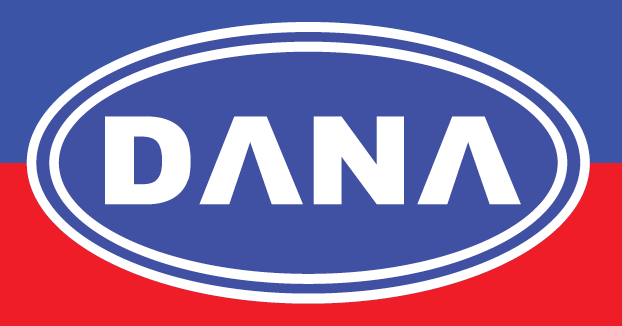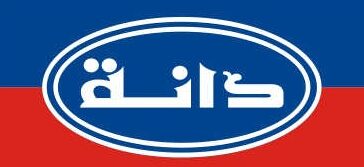Green Steel and its effect on UN sustainable goals UN SDGs
The United Nations established 17 Sustainable Development Goals in 2015, with the goal of achieving them by 2030. These 17 goals to eradicate poverty, promote prosperity, and safeguard the environment were agreed to by all 193 United Nations Member States.
Your aim for the 2022 Solution Challenge is to design a project that uses Google technology to help solve one or more of the 17 Sustainable Development Goals.
Green Steel
Steel is a key component of our contemporary society, with applications ranging from cutlery to bridges and wind turbines. However, the method of manufacture — coal – exacerbates climate change.
For every tonne of steel produced, about two tonnes of carbon dioxide (CO2) is released. Around 7% of worldwide greenhouse gas emissions come from this source. Steel manufacturing must be cleaned up if the world is to have a low-carbon future.
Fortunately, a new way is beginning to emerge. Green steel, which is manufactured with hydrogen rather of coal, represents a great potential for the UN’s sustainable development goals. It would help improve our exports, counter employment losses in the fossil fuel industry, and go a long way toward combating climate change.
Steeling for change
Steel production necessitates the removal of oxygen from iron ore in order to generate pure iron metal. This is done in conventional steel-making using coal or natural gas in a CO2-emitting process. In the manufacture of green steel, hydrogen derived from renewable energy substitutes fossil fuels.
Steel production is a complicated process that may be accomplished in one of three ways. In principle, any of these might be altered to manufacture green steel.
Effects of Green Steel
- Blast furnace
Processed coal (also known as coke) is utilised in the main body of the furnace as part of this process. Among other things, it serves as a physical support framework for materials entering and exiting the furnace. It’s also partially burned at the bottom of the furnace to generate heat and carbon monoxide, which depletes the oxygen in the iron ore, resulting in metallic iron.
CO2 emissions result from this coal-fired process. It is possible to substitute hydrogen for a part of the carbon monoxide. The hydrogen can remove oxygen from the mineral, resulting in water rather than CO2. To manufacture green hydrogen, this necessitates the use of renewable energy.
- Recycled steel
Arc furnaces, which are powered by electricity, are used to recycle steel. This process creates roughly 0.4 tonnes of CO2 every tonne of steel produced, primarily owing to emissions created by burning fossil fuels for power generation. CO2 emissions would be considerably decreased if power were generated from renewable sources.
- Direct reduced iron
Methane gas is frequently utilised in “direct reduced iron” (DRI) technology to make hydrogen and carbon monoxide, which are subsequently used to convert iron ore to iron. This approach produces CO2 emissions and uses more energy than the blast furnace method. Its overall emission intensity, however, can be significantly lower.
- Becoming a green steel superpower
The switch to green steel won’t happen immediately, and there are still considerable obstacles to overcome.
Green hydrogen and renewable power on a huge scale will be necessary. Even if green hydrogen is utilised, the blast furnace approach will still require carbon capture and storage technology to reach net-zero emissions, as will DRI for the time being.
To build a global-scale export business, private sector investment is required. UN Sustainable Development Goals SDGs play an important role in developing skills and capabilities, assisting employees with retraining, supporting research, and coordinating land-use planning.
It is a difficult effort to transform the steel sector. We can, however, be a key role in the green manufacturing revolution if we play our cards well.
About Us:
DANA STEEL is a leading manufacturer of various steel products, covering a wide range of products and serving thousands of clients across the globe, at Dana Steel we ADD VALUE TO STEEL. Our products are proudly MADE IN UAE and exported to more than 45 countries across the globe.
Sandwich Panels, Profile Sheets, Decking Sheets, Aluminium Panels, Composite Panels, Z Purlins, C channels, Metal Lintels, roofing sheets, Fencing Sheets, Steel sheets, stainless steel.
Plot No: 5325494 ,Saih Suaib-3
City: Dubai
Country: United Arab Emirates [U.A.E.]
Phone: 00971-4-2217273
Email: Info@danasteel.com
Fax: 00971-4-2215940
Facebook/Instagram/Twitter: @danasteeluae
Whatsapp: +971507983153




